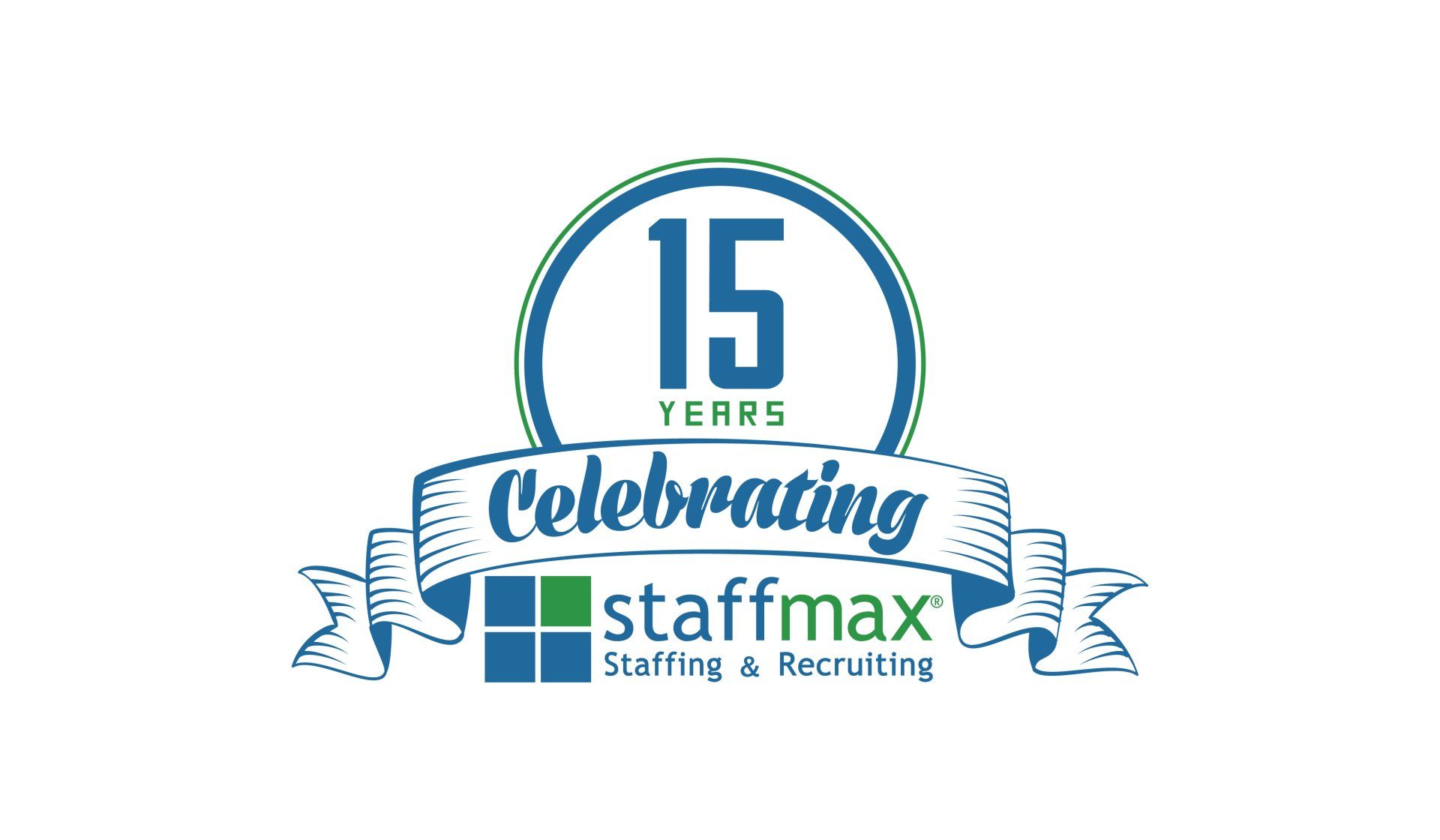HR in 2021
By James Davis via HR Daily Advisor
Published December 2, 2020

2020 fundamentally challenged HR in every imaginable way. Entire organizations shifted to work-from-home models, new and extant technologies were adopted with alarming speed, and the focus on employee safety intensified. Now, the question on everyone’s mind is: What will 2021 bring? We gathered some predictions from a number of experts and are pleased to share them with you.
In this article, we will hear from Derek Belch, CEO of Strivr; Daniel Sztutwojner, Chief Customer Officer of Beekeeper; Matt Campbell, Managing Director of Human Capital Advisory at KPMG; Tim Dowd, CEO of Accurate; and Naveen Bhateja, Chief People Officer and EVP of Medidata Solutions.
Bigger Seat at the Table with Data in Hand
According to the experts, HR has secured a seat at the table, and it has the data to back up its positions.
Belch says:
CHROs secure a bigger seat at the table, and they’re bringing data.CHROs have had to prove that they are critical to a company’s morale, positioning, and ability to effectively pivot. Next year, the one key differentiator is data. CHROs will have increased access to workforce performance data through learning and development initiatives, enabling them to more objectively analyze and understand employee skills. This will influence strategy at the highest level—informing culture, measuring risks, enabling restructuring, propelling everyday roles forward, and more.
Sztutwojner says:
HR departments have had to navigate an onslaught of new challenges for employees while also hiring and onboarding new team members remotely to follow social distancing guidelines. As businesses continue to adapt to the new normal, new and existing employees will need more support than ever before, and the role of the HR department will become increasingly important.
As more employees are working remotely due to the pandemic, companies are increasingly investing in tools to help them assess the productivity and engagement of their workforce (particularly for frontline employees). HR departments are having to find ways to make sure employees are hitting targets while maintaining a work environment that takes mental well-being into consideration. Tools that allow real-time feedback are essential for understanding how employees are adapting to the rapid changes brought on during the pandemic. In 2021, one of the driving HR technology trends will likely involve HR leaders combining multiple monitoring tools to gather data and turn it into actionable insights.
Bhateja says:
The CHRO will be an even more strategic and in-demand role. This year, HR leaders have cemented their position at the right hand of the CEO, helping to navigate complex and people-centric challenges, and I don’t see that changing.
The pandemic has massively disrupted companies, and to avoid chaos, companies will look to revise, rebuild, and reinvent their business operating models; working culture (trust, well-being, and transparency in a virtual format); and policies and practices, such as developing resiliency as a capability in the organization (especially for managers). The pandemic has also required companies to rethink employee experience.
The role of CHRO will continue to be at the center of these changes as they support the C-suite and employees to deliver on their priorities.
The Workforce Will Look Very Different
Whether it’s new kinds of talent, new skills for current talent, or new hiring strategies, as organizations evolve to meet the needs of the pandemic, everything talent-related will need an overhaul.
Dowd says:
With the rise of permanent remote positions, geographic barriers no longer exist for who, and where, a company can hire. This opens doors to talent previously unattainable due to geographical restrictions, making the talent pool both larger and potentially more competitive. This focus on hiring the best talent regardless of location can also provide the added benefit of serving as a retention strategy for top performers as well.
Also, diversity, equity, and inclusion (DEI) is now more important than ever. Since 2020 proved to be a volatile year in terms of social injustice, companies need to put a greater focus on these trends in 2021 by identifying their individual and collective perspective, identity, values, and culture, and then evaluate how the dynamics of DEI can adapt and strengthen their business strategy.
Belch says:
Spike[s] in pandemic-related career switches will lead to reskilling at scale. Unfortunately, many workers in location-dependent industries like hospitality and travel have been forced to consider new options. Given that the effects of COVID will continue long after all shelter-in-place orders are lifted, many of the workers that were laid off in 2020 are now considering making career switches to entirely new sectors. Companies looking to tap into this new talent market will need to quickly develop robust training and reskilling programs at scale. To do this, CHROs and L&D leaders will look to innovative, immersive, and emerging technologies to provide scalable solutions that are effective, engaging, and data-driven.
Bhateja says:
Digital dexterity will be the top skill for new hires. With a long-term remote or hybrid (remote/in-person) workforce, companies will need to put new evaluation processes in place to ensure new hires are bringing the right skill set, and job hunters will need to amp up their skill set.
Employees will need to become familiar with, and perform their jobs using, new tech apps, platforms, and tools. They will also need to “ramp up” in their jobs faster (particularly in a virtual onboarding world).
As organizations move towards being fully digital, the workforce will need to be “digitally abled.” Technology and digital aptitude, the ability to learn and exploit new technologies and tools, will be key, and leaders must ask employees about their challenges and technologies that they believe will be needed for them to be successful. Technological acumen and motivation to learn will be the competencies for every hire, not just in the IT dept.
Additionally, the multigeneration workforce will demand more attention. This past year, people leaders have dealt with more factors and complexities than ever before. A multigeneration workforce, including the “sandwich generation”—caring for children and aging parents, blending with millennials, and an increasing portion of the Gen Z workforce—will continue to create a mosaic of unique needs, learning styles, and preferences. In addition, cross-generational mentoring could be an example of something companies may want to consider.
Employer value propositions will need to be adjusted. For example, Gen X might value money and career advancement more, while Boomers are worried about retirement planning. Similarly, Gen Y and Z might be looking to expand the diversity of their experiences. Human Resources teams will need to adjust their approaches accordingly. Attracting a Gen X versus a Boomer will need a different set of talent branding. Similarly, the benefits that might be important to one generation as per their needs might be very different than the other generation.
Campbell says:
Diversity and inclusion will be an even higher top priority for organizations. Another finding from our survey of American workers indicated that although workers generally had a positive view of their employers’ response to social and political events around racial inequality, there was little evidence of concrete action. Our study found that a majority (58%) said their organizations should be doing more to address inequality in the workplace, and approximately half (51%) believed that their leaders are part of the diversity and inclusion problem. We are optimistic that in 2021, companies will take these sentiments to heart [and] rethink D&I strategies while demonstrating deeper levels of accountability.
Workplace Fluidity Is a Must
Whether it’s remote work, hybrid offices, or even self-contained micro-offices, the workplace is now a fluid concept for many. And workers themselves have become a fluid concept, ranging from part-time and hybrid schedules to an increased use of contractors. These concepts will only grow in popularity as the pandemic rages on in 2021.
Sztutwojner says:
We will have to overcome challenges with a fluid workforce. There’s no doubt that COVID-19 has brought on an abundance of economic uncertainty, causing many workers to lose their jobs and companies to reconsider their hiring and workforce management models. Contract or freelance workers will become even more important, as they give employers more flexibility in terms of hiring and managing their workforce. A more fluid workforce—and tailoring onboarding strategies—is a trend that’s here to stay.
Campbell says:
The future of work will be hybrid—the physical office isn’t dead, but employees want flexibility to work from anywhere. This summer, KPMG surveyed American workers to see how they felt about their employers’ response to COVID-19. After having some time to adjust to a new way of working, 64% of workers said that they wanted the flexibility to work remotely at least part of the time. Employers have recognized some of the benefits to remote work—things like the need for less office space, lower overhead, and more—so we anticipate that many companies will look at implementing a flexible, hybrid model of working even after the pandemic subsides.
Bhateja says:
Remote automation needs to be prioritized. 2020 accelerated digital transformation across industries, and this will not slow down anytime soon. Among the most game-changing advancements will be remote automation. The future of work will require companies to invest heavily in tools, apps, and technology to manage their workforce, as well as provide employees with tools to do their jobs, communicate, collaborate, and stimulate innovation in a geographically dispersed virtual workforce. Part of this journey is to reexamine workflows and processes and elevate them to execute on their priorities. This isn’t the last of this pandemic that we are seeing, and companies must prepare for future disruptions. There isn’t much time on hand, hence the urgency to get started on this digital transformation journey as soon as possible.
Perks
Many common workplace perks have become obsolete in less than a year. The entire landscape of benefits and perks will have to be adjusted to keep up with new demands and new realities.
Belch says:
Office perks will come back with a creative twist. While remote work is highly desirable for some employees, it also means losing out on traditional office benefits (e.g., unlimited cold brew, team lunches, and collaborative spaces), plus moments that are essential to building culture, connection, and shared experiences. In 2021, companies will get creative and figure out how to create these moments through different channels. New remote-conducive perks might include anything from more days off and exercise stipends to unprecedented flexibility (companies hiring outside of normal geos) to innovative hiring and training practices (like virtually experiencing a job before you’ve even signed an offer letter).
Leadership Skills
The move toward remote has given leaders a new look into the personal lives of their employees and their specific situations. Hard-line leadership may not be as successful as it once was, meaning a whole class of leaders need to catch up on their soft skills.
Belch says:
Leaders will need an updated set of soft skills. Times of crisis have always required leaders to be the backbone of the company, but how this translates to specific skills will soon change. In 2021, strategic initiatives like restructuring and vision painting will certainly be important, but the critical piece will be how leaders diversify their skill set arsenal with empathy, inclusivity, and high EQ.
Dowd Says:
Remote leadership will be critical in 2021. As employees continue to work from home, and many companies evolve this into a permanent organizational structure, leaders must continue to find ways to connect and engage with the workforce regularly, using technology to its fullest potential. Corporate monthly emails won’t cut it; leaders will need to interact more frequently to maintain a company culture that attracts and keeps its top talent.
Mental Health
This topic deserves more page space because it’s just as important as any other issue in 2021.
Sztutwojner says:
There will be more emphasis on employee mental health. The role of HR includes advocating for the health of an organization’s employees, which is why one of the enduring trends in HR we see for 2021 is investing in mental health and well-being initiatives. That includes being available for employees to voice any concerns, showing empathy, and offering long-term remote work support.
Productivity and Performance
The definitions of productivity and employee performance have been thrown out the window. Organizations were already, by and large, keeping a dinosaur alive with their outdated practices. Now they will have to really get on board with new techniques because the entire landscape has changed.
Bhateja says:
Companies must reevaluate and, in some cases, overhaul their productivity and performance measures.Without regular face-to-face time or transparency into an employees’ day to day, new standards around productivity and client experience will arise. For example, a company might need to start measuring their cost per remote employee to ensure their people-based investments are aligned to the business strategy. This means redefining and developing measures to generate real-time performance measures and insights.













